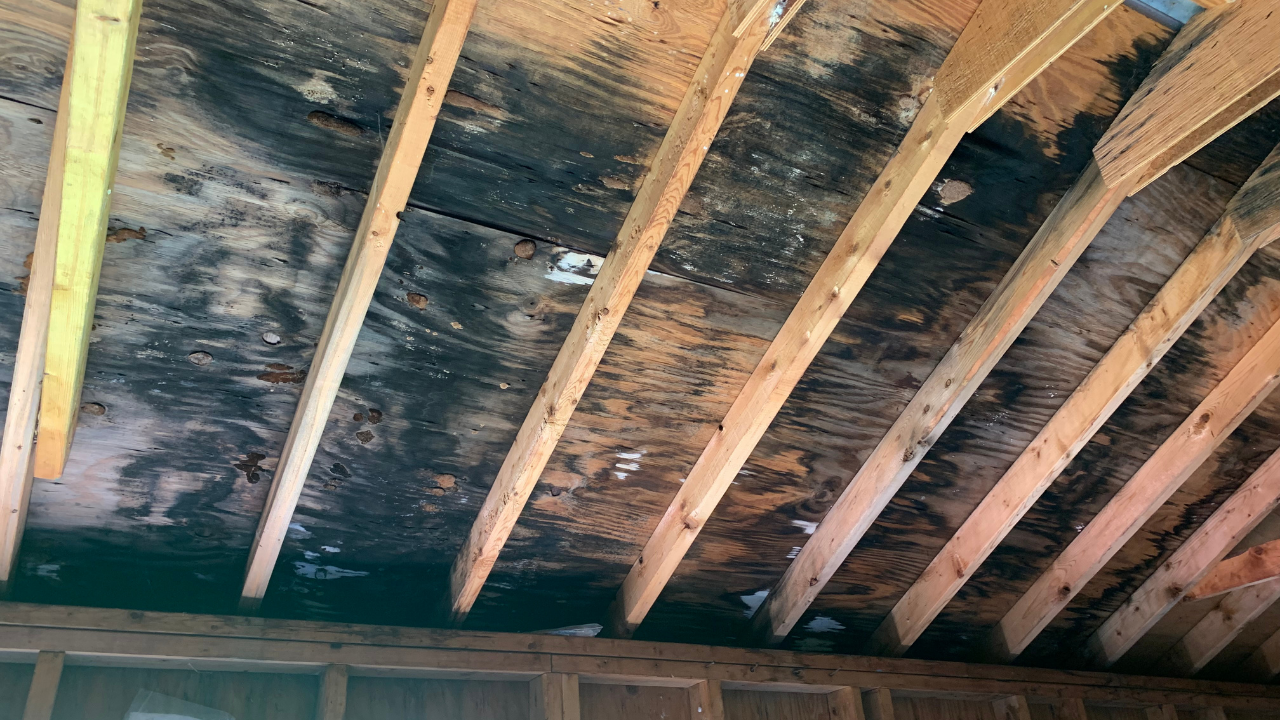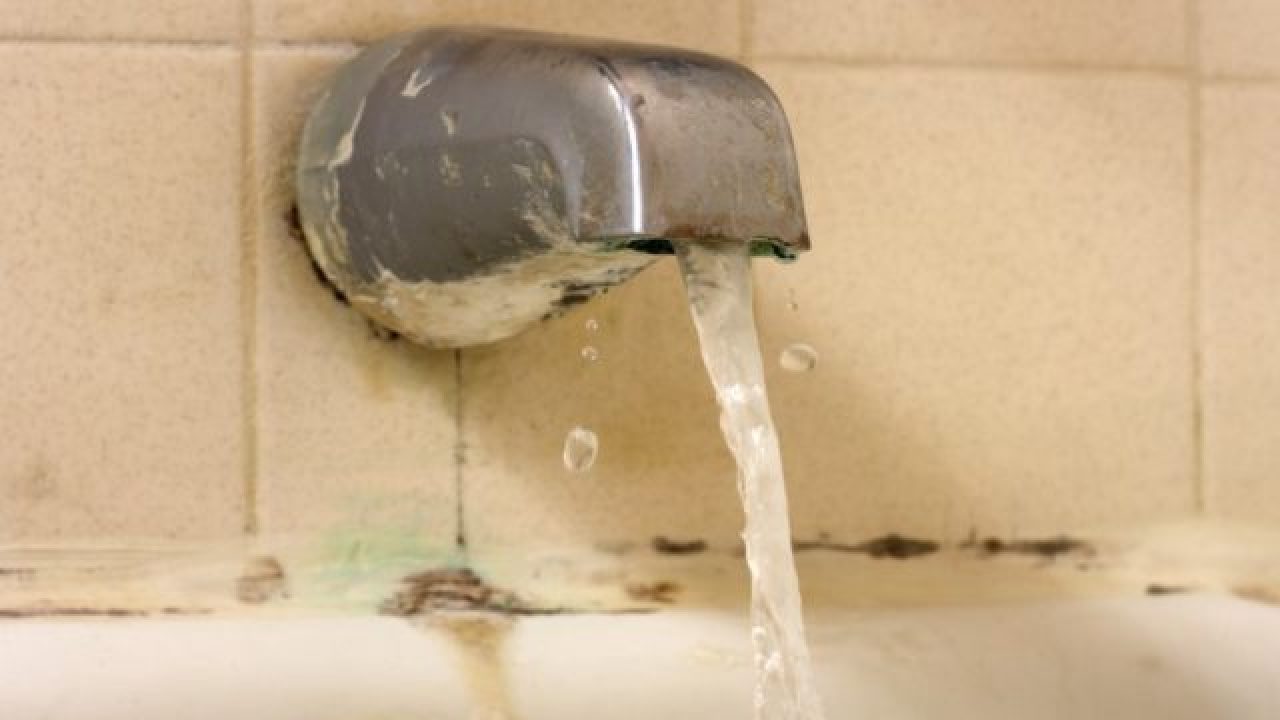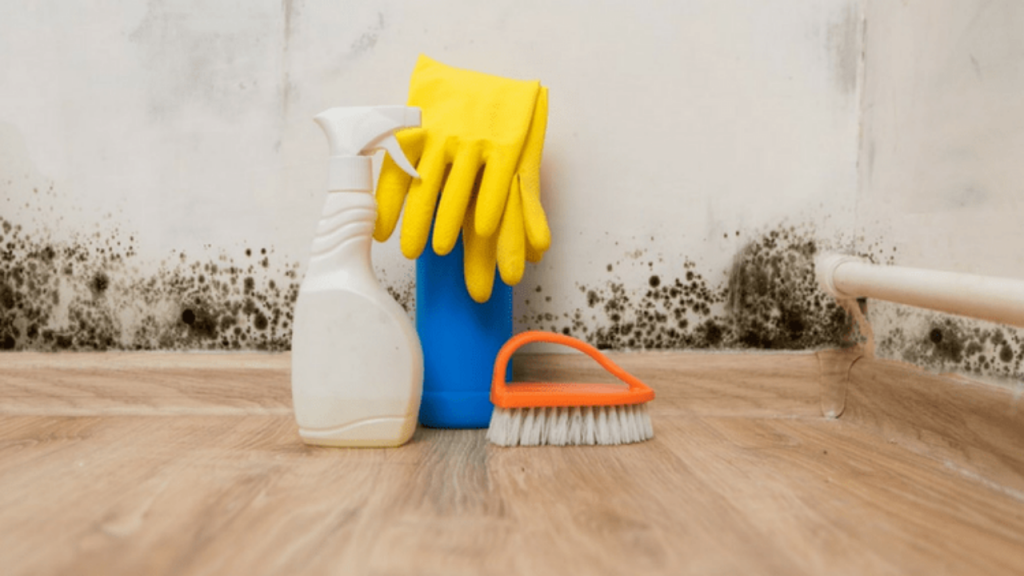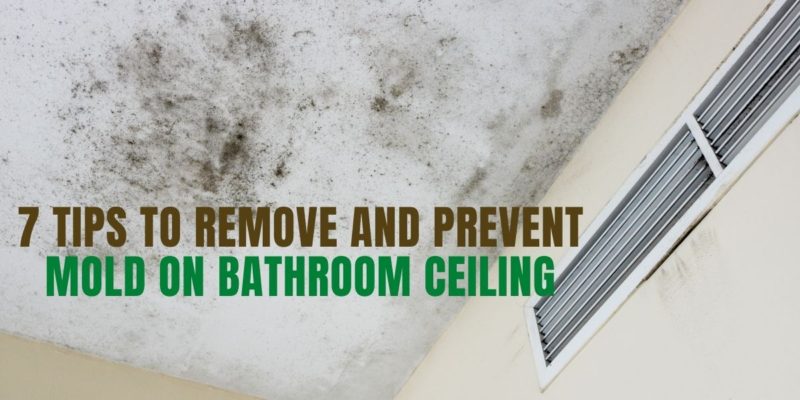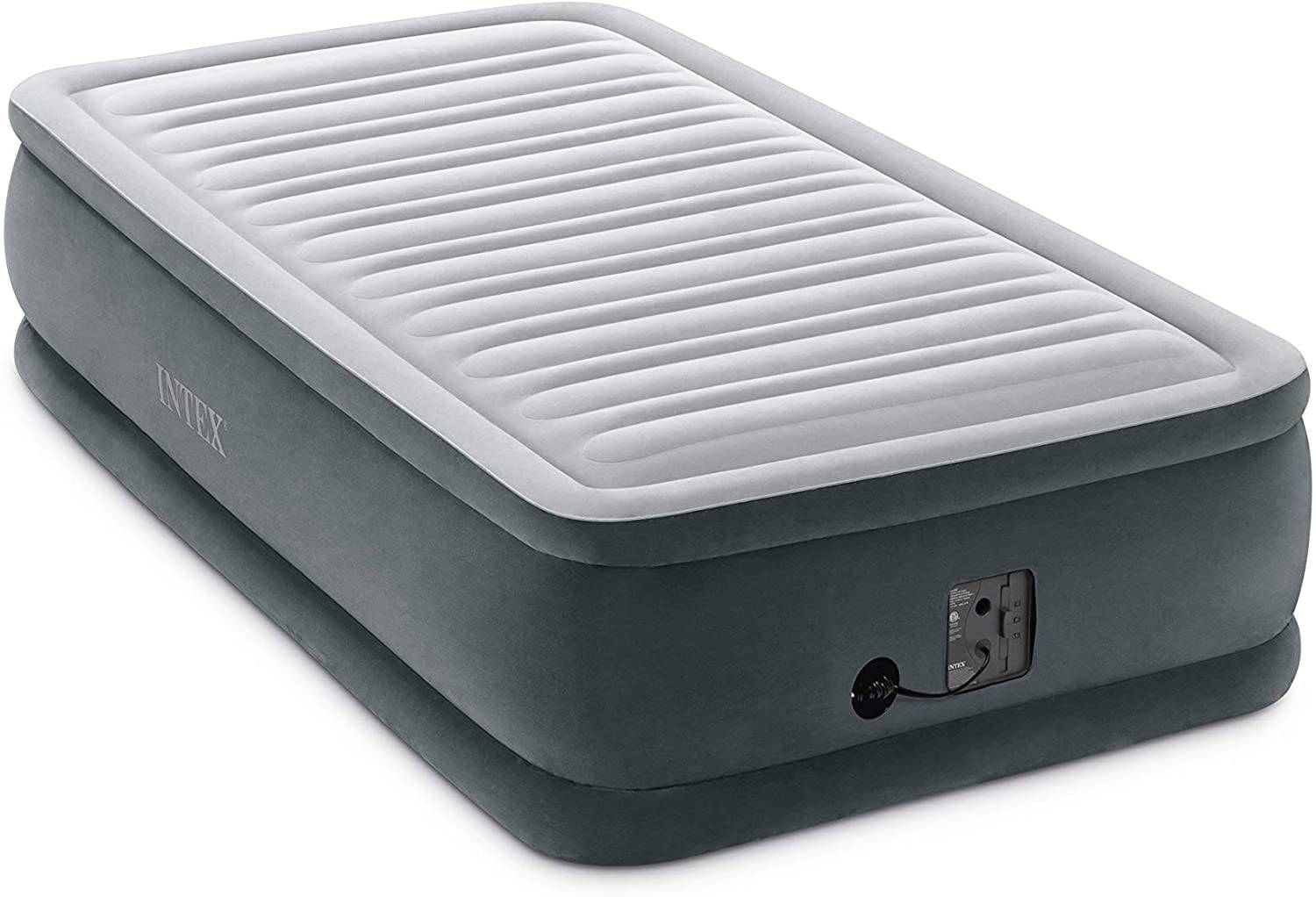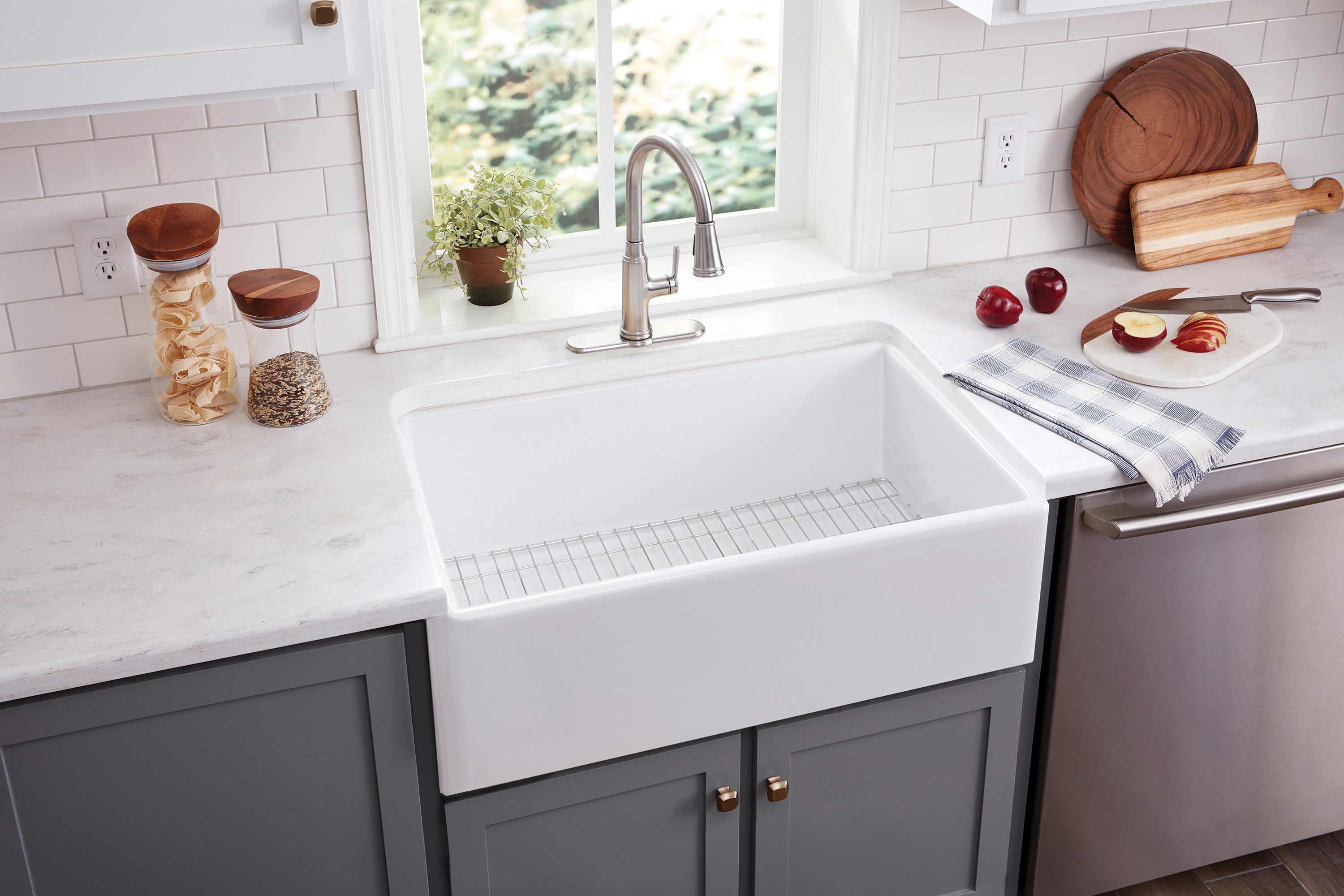Black mold is a type of fungus that can grow in damp and humid areas, making your bathroom vanity a prime breeding ground. Not only does it look unsightly, but it can also cause health hazards and damage to your home. In this article, we will discuss everything you need to know about black mold under your bathroom vanity.Black Mold Under Bathroom Vanity: What You Need to Know
The first step in dealing with black mold under your bathroom vanity is to identify it. Look for dark, slimy spots on the walls, floor, or any other surfaces in your bathroom. You may also notice a musty odor, indicating the presence of mold. To remove black mold, mix equal parts of water and vinegar and use a scrub brush to clean the affected area. Alternatively, you can use a commercial mold remover, but make sure to follow the instructions carefully.How to Identify and Remove Black Mold Under Bathroom Vanity
The best way to deal with black mold is to prevent it from growing in the first place. Keep your bathroom well-ventilated by opening a window or using a fan. Wipe down any excess moisture on your vanity and walls after each use, as mold thrives in damp environments. You can also invest in a dehumidifier to reduce the humidity levels in your bathroom.Preventing Black Mold Growth Under Bathroom Vanity
Aside from dark, slimy spots and a musty odor, there are other signs that indicate the presence of black mold under your bathroom vanity. These include discolored grout, peeling wallpaper or paint, and a warped vanity cabinet. If you notice any of these signs, it's important to take action immediately to prevent the mold from spreading.Signs of Black Mold Under Bathroom Vanity
Black mold can have serious health consequences, especially for those with respiratory issues or weakened immune systems. Breathing in mold spores can cause allergies, respiratory infections, and even lung damage. It's important to address black mold under your bathroom vanity to protect the health of you and your family.Health Risks of Black Mold Under Bathroom Vanity
If the mold growth is small and contained, you can try to remove it yourself. However, it's important to take proper precautions, such as wearing a mask and gloves, to avoid inhaling the mold spores. It's also essential to properly dispose of any contaminated materials. If the mold growth is extensive, it's best to call a professional for proper remediation.DIY Remediation for Black Mold Under Bathroom Vanity
If the mold growth is extensive or if you're unsure of how to properly remove it, it's best to hire a professional mold remediation company. They have the proper equipment and expertise to safely and effectively remove black mold. They can also identify any underlying issues, such as water leaks, that may be contributing to the mold growth.Hiring a Professional for Black Mold Under Bathroom Vanity Removal
When cleaning black mold, it's important to use the right products to ensure its complete removal and prevent it from coming back. As mentioned before, a mixture of water and vinegar can be effective, but you can also use hydrogen peroxide or baking soda. Just make sure to wear protective gear and follow the instructions carefully.Products to Use for Cleaning Black Mold Under Bathroom Vanity
After successfully removing black mold from under your bathroom vanity, it's important to take preventive measures to ensure it doesn't come back. This includes regularly cleaning and drying the area, fixing any leaks or water damage, and maintaining proper ventilation in your bathroom. You can also consider using mold-resistant paint or installing a bathroom exhaust fan to help prevent future mold growth.How to Prevent Black Mold from Returning Under Bathroom Vanity
If you notice extensive black mold growth, a persistent musty odor, or signs of water damage, it's best to call a professional mold remediation company. They can assess the situation and provide proper remediation to ensure the mold is completely removed and doesn't come back. It's always better to be safe than sorry when it comes to dealing with black mold.When to Call a Professional for Black Mold Under Bathroom Vanity
How to Prevent Black Mold Under Your Bathroom Vanity

Why is Black Mold a Problem?
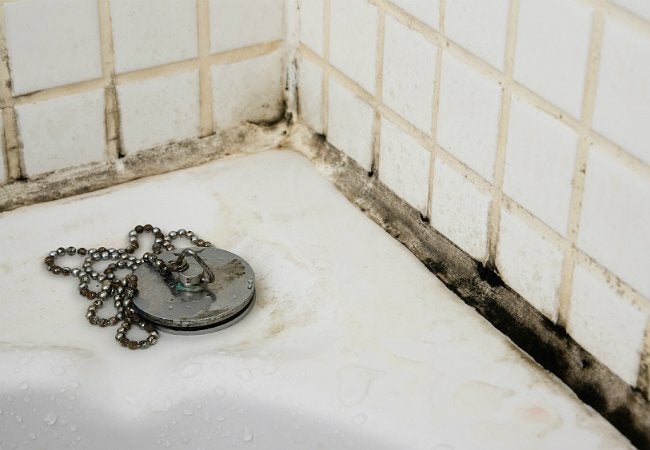 Black mold is a type of fungus that can be found in damp and humid places, such as bathrooms. It is not only unsightly, but it can also cause health issues for you and your family. Black mold can trigger allergies, respiratory problems, and even lead to more serious conditions. This is why it is important to address any signs of black mold in your home, especially under your bathroom vanity.
Black mold is a type of fungus that can be found in damp and humid places, such as bathrooms. It is not only unsightly, but it can also cause health issues for you and your family. Black mold can trigger allergies, respiratory problems, and even lead to more serious conditions. This is why it is important to address any signs of black mold in your home, especially under your bathroom vanity.
What Causes Black Mold Under Bathroom Vanities?
 Black mold thrives in moist and poorly ventilated areas, making bathrooms the perfect breeding ground. It can grow on any surface, including walls, floors, and under bathroom vanities. The main cause of black mold under bathroom vanities is due to water leaks. If there is a leak in your pipes or the faucet, it can create a damp environment for mold to grow. Additionally, if your bathroom doesn't have proper ventilation, the humidity from showers and baths can contribute to the growth of mold.
Black mold thrives in moist and poorly ventilated areas, making bathrooms the perfect breeding ground. It can grow on any surface, including walls, floors, and under bathroom vanities. The main cause of black mold under bathroom vanities is due to water leaks. If there is a leak in your pipes or the faucet, it can create a damp environment for mold to grow. Additionally, if your bathroom doesn't have proper ventilation, the humidity from showers and baths can contribute to the growth of mold.
How to Prevent Black Mold Under Your Bathroom Vanity
 Prevention is key when it comes to black mold. Here are some tips to help keep your bathroom and vanity mold-free:
1. Fix Any Water Leaks
If you notice any water leaks in your bathroom, it is important to fix them as soon as possible. This will not only prevent the growth of mold but also save you money on your water bill.
2. Improve Ventilation
Proper ventilation is crucial in preventing mold growth. Make sure your bathroom has a working exhaust fan or window to allow moisture to escape. You can also leave the bathroom door open after a shower or bath to help with air circulation.
3. Regularly Clean and Dry Your Bathroom
Regularly cleaning and drying your bathroom is essential in preventing mold growth. Wipe down surfaces, such as your bathroom vanity, with a disinfectant to kill any mold spores. Also, make sure to dry your bathroom after each use to prevent moisture buildup.
4. Use Mold-Resistant Materials
When renovating your bathroom, consider using mold-resistant materials, such as mold-resistant drywall and paint. These can help prevent mold growth and make cleaning easier.
Prevention is key when it comes to black mold. Here are some tips to help keep your bathroom and vanity mold-free:
1. Fix Any Water Leaks
If you notice any water leaks in your bathroom, it is important to fix them as soon as possible. This will not only prevent the growth of mold but also save you money on your water bill.
2. Improve Ventilation
Proper ventilation is crucial in preventing mold growth. Make sure your bathroom has a working exhaust fan or window to allow moisture to escape. You can also leave the bathroom door open after a shower or bath to help with air circulation.
3. Regularly Clean and Dry Your Bathroom
Regularly cleaning and drying your bathroom is essential in preventing mold growth. Wipe down surfaces, such as your bathroom vanity, with a disinfectant to kill any mold spores. Also, make sure to dry your bathroom after each use to prevent moisture buildup.
4. Use Mold-Resistant Materials
When renovating your bathroom, consider using mold-resistant materials, such as mold-resistant drywall and paint. These can help prevent mold growth and make cleaning easier.
Conclusion
 Black mold under bathroom vanities is a common problem that can be easily prevented. By fixing water leaks, improving ventilation, regularly cleaning and drying your bathroom, and using mold-resistant materials, you can keep your bathroom and vanity free of mold. Remember to address any signs of mold as soon as possible to prevent it from spreading and causing potential health issues.
Black mold under bathroom vanities is a common problem that can be easily prevented. By fixing water leaks, improving ventilation, regularly cleaning and drying your bathroom, and using mold-resistant materials, you can keep your bathroom and vanity free of mold. Remember to address any signs of mold as soon as possible to prevent it from spreading and causing potential health issues.



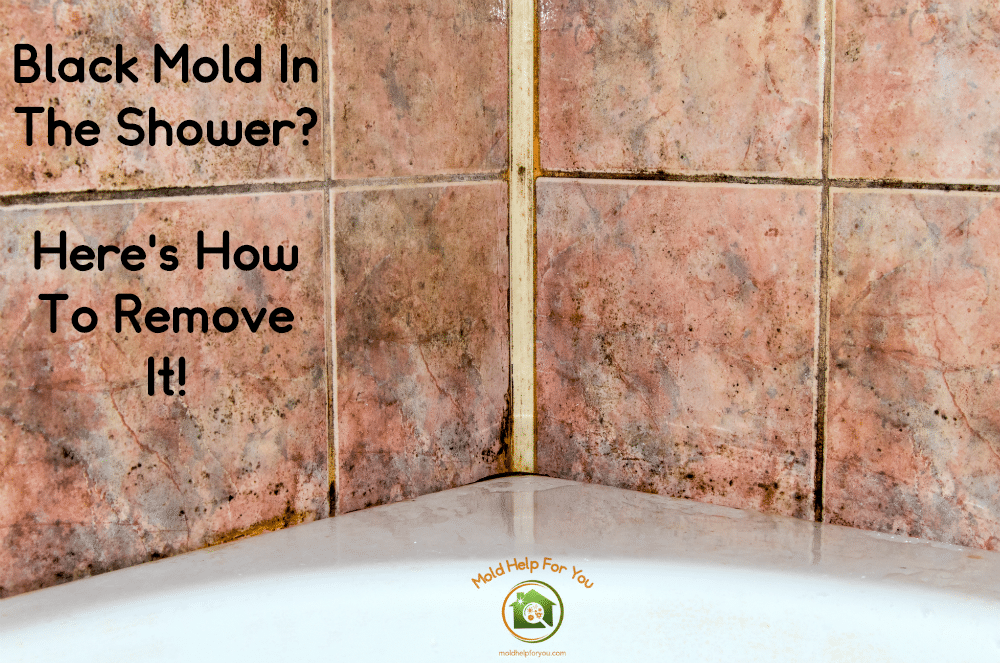
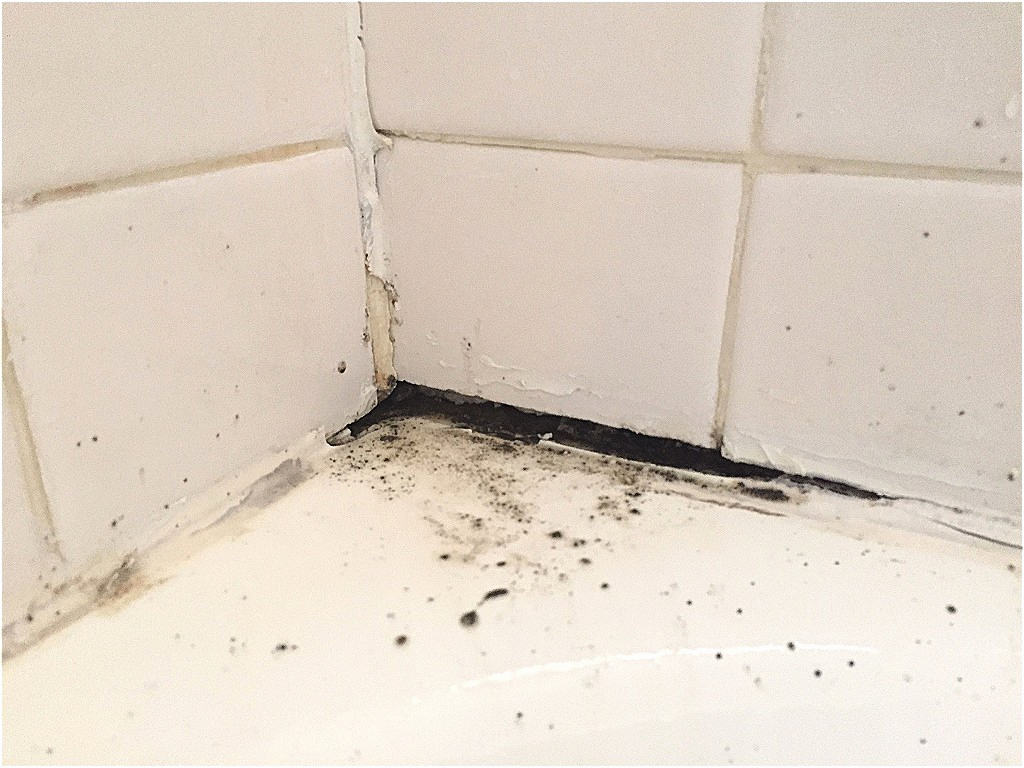
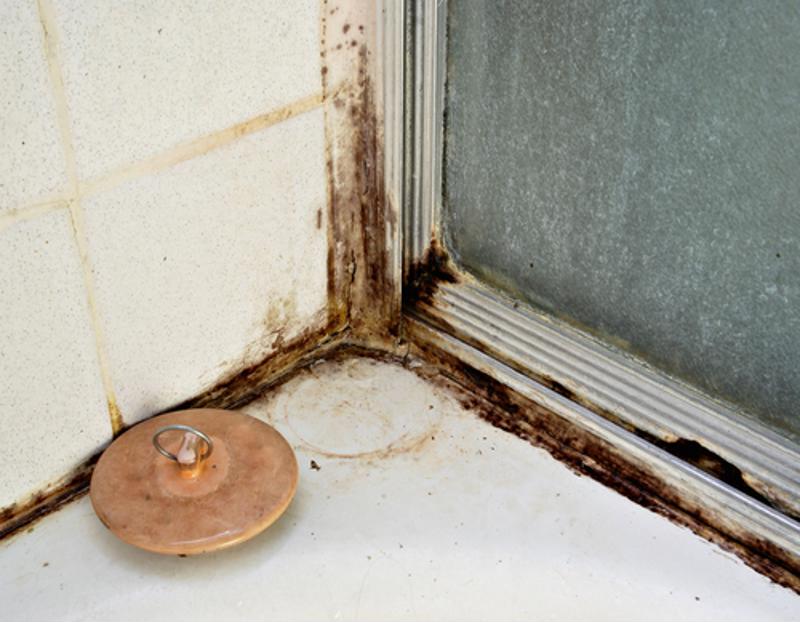
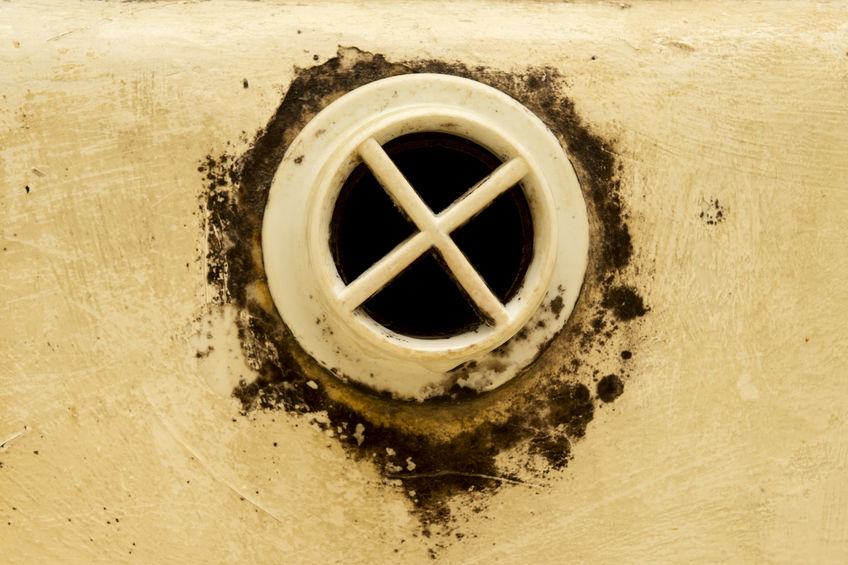


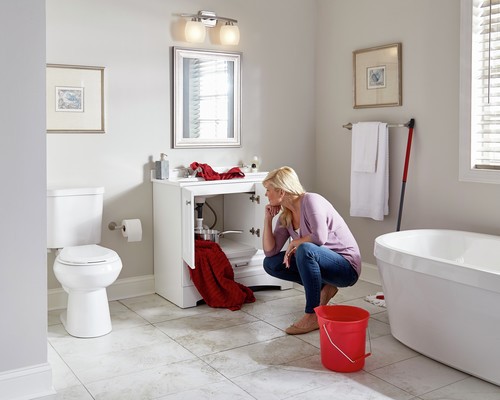






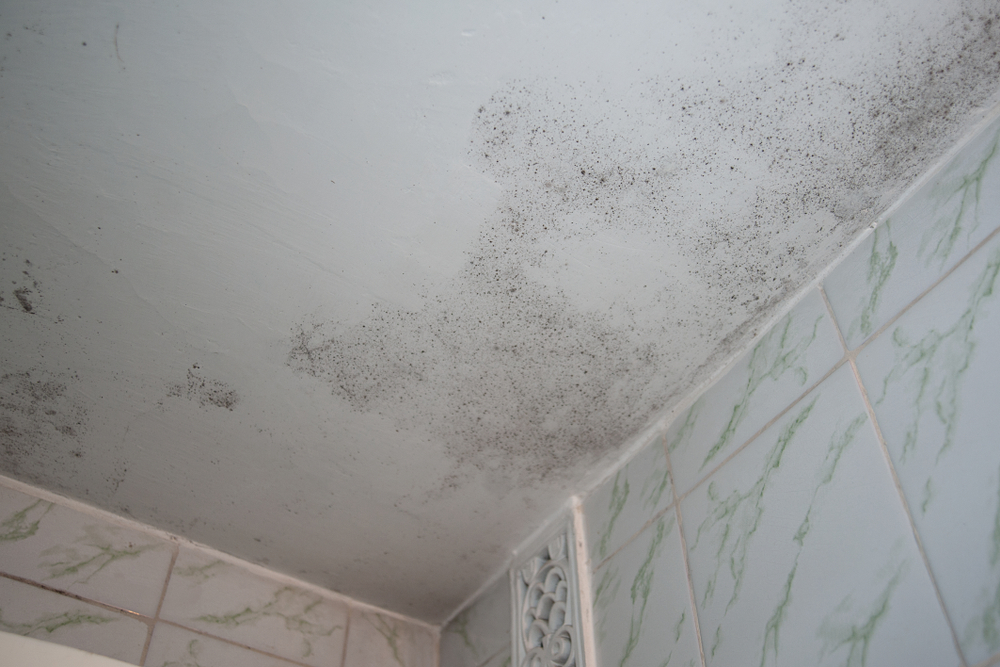

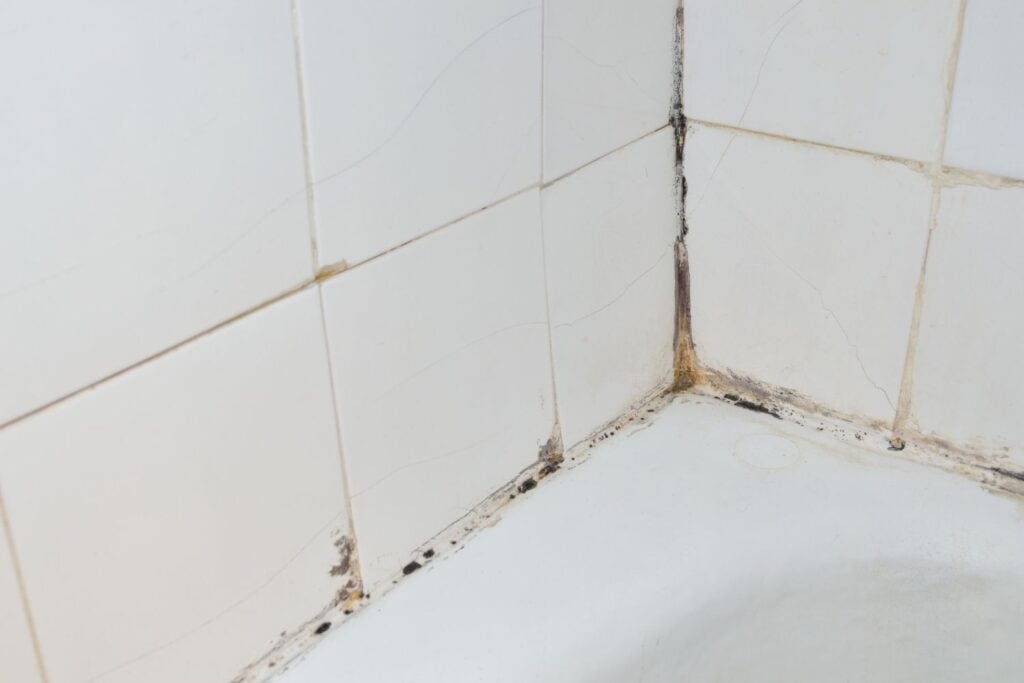

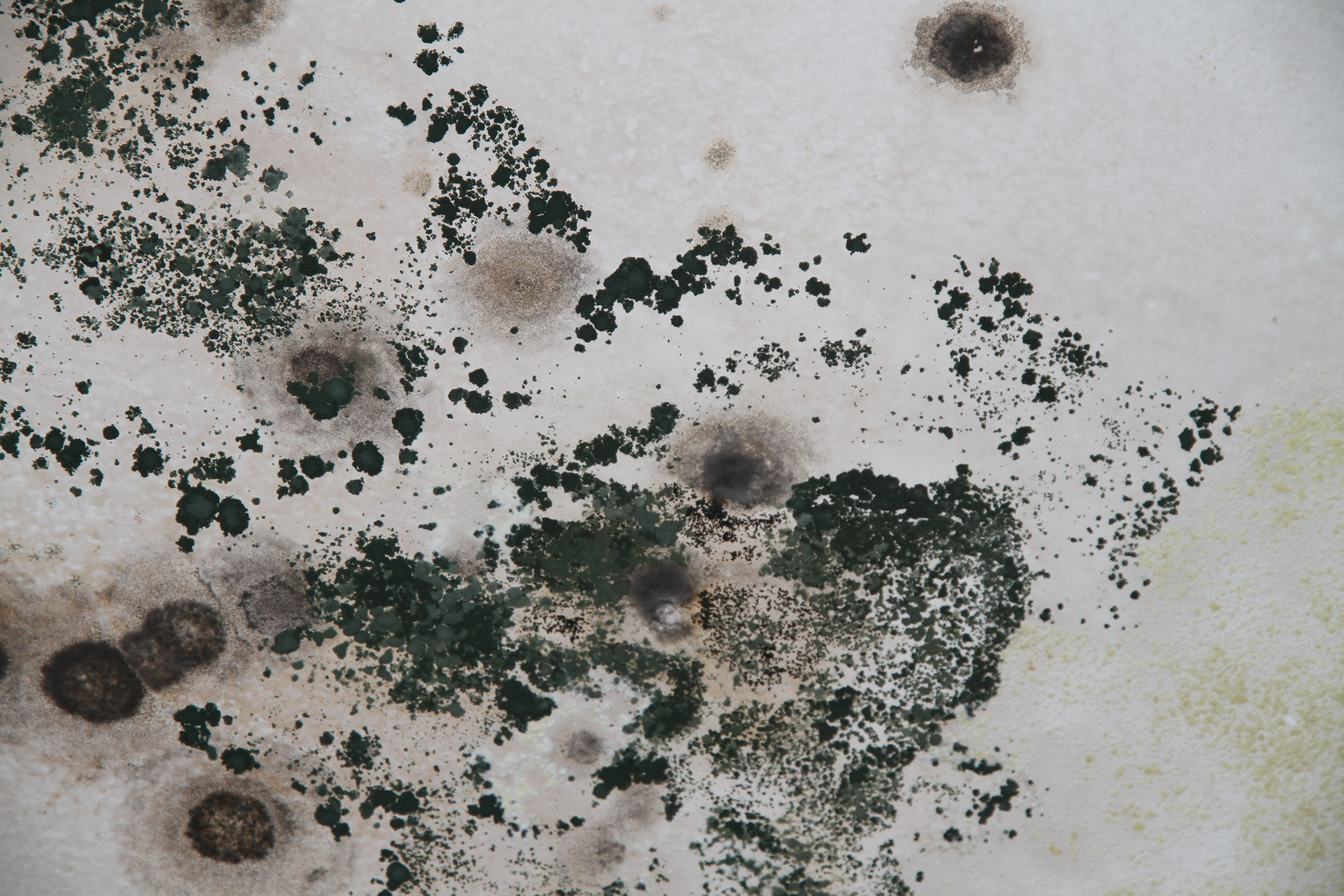


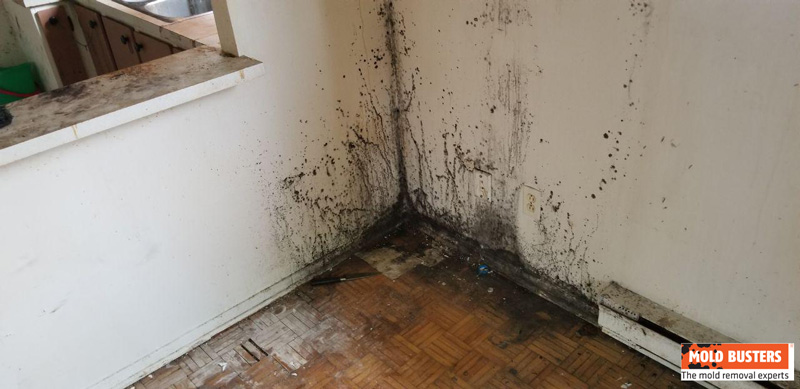
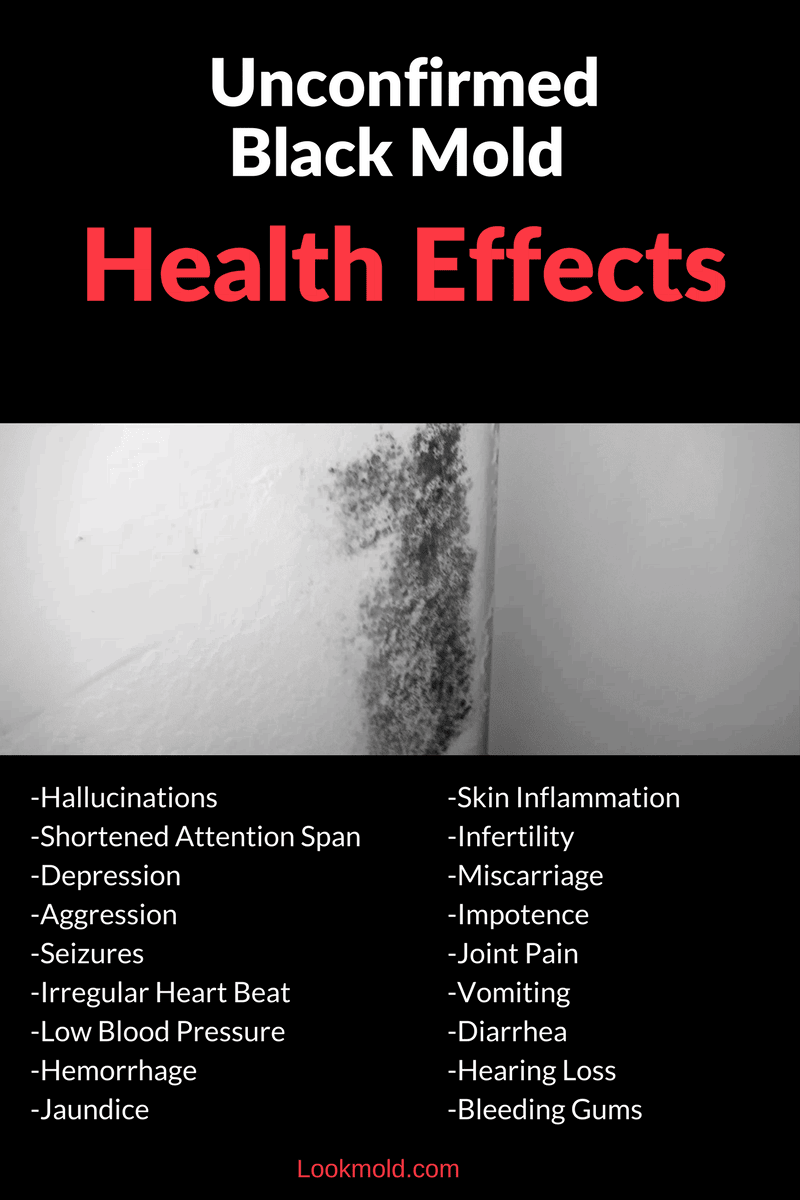


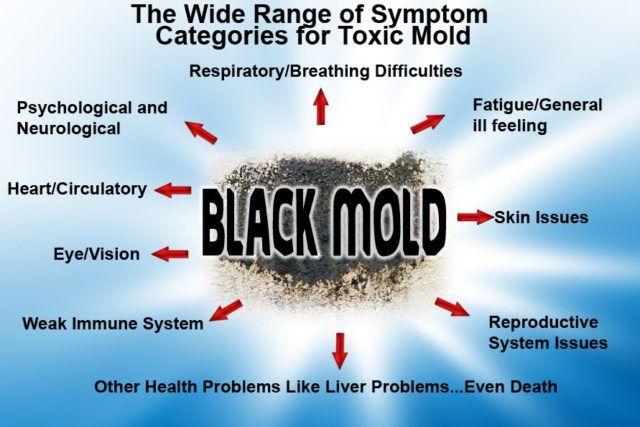
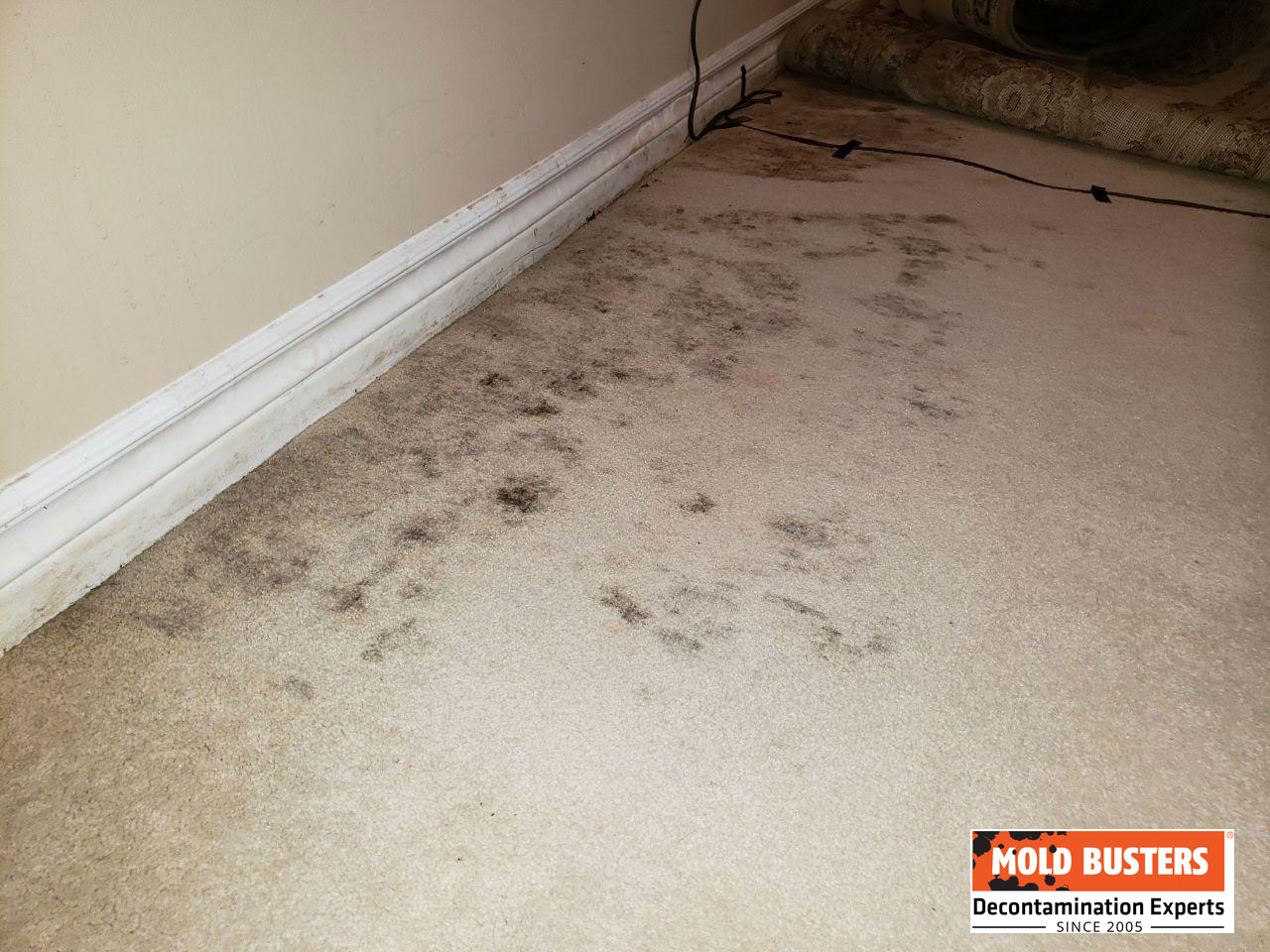
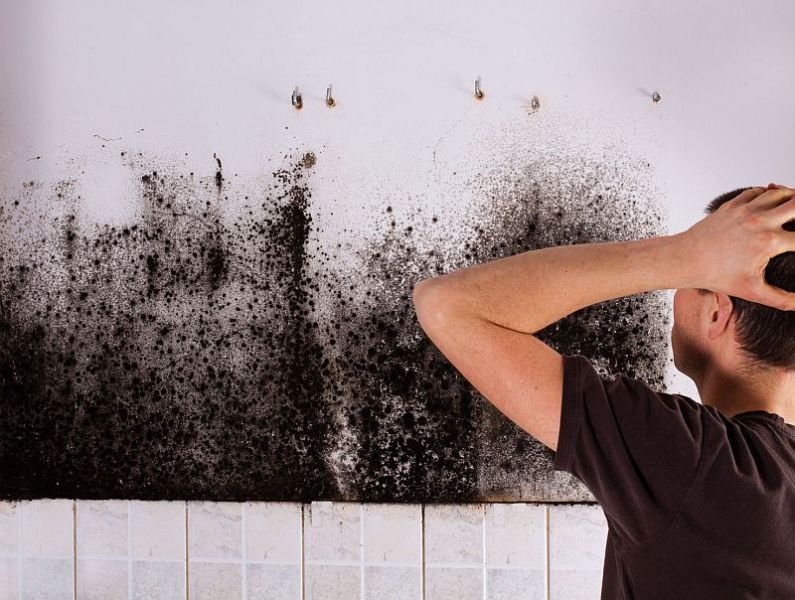
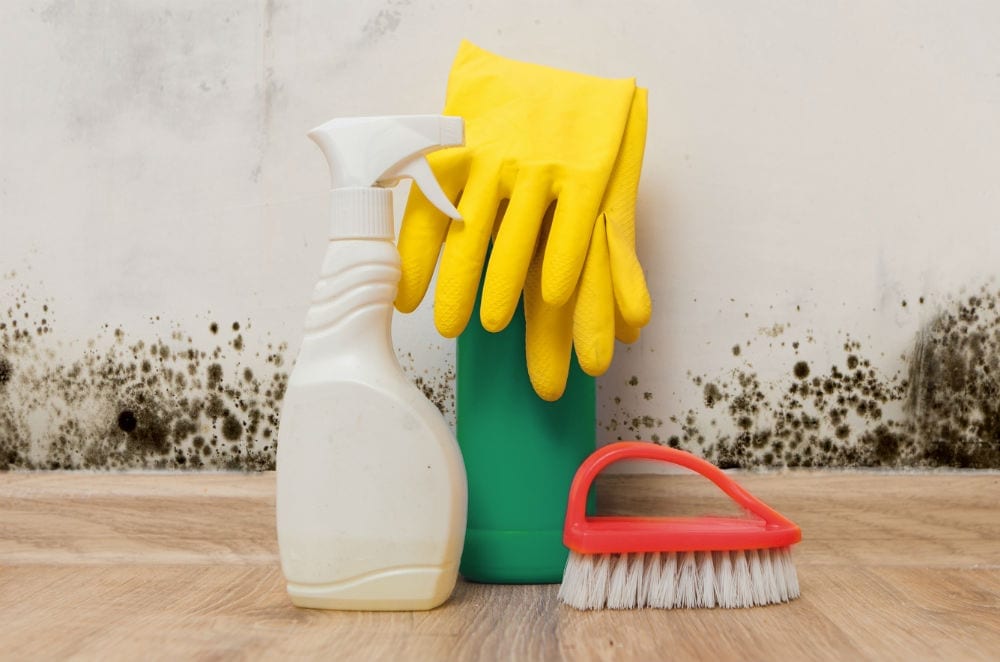
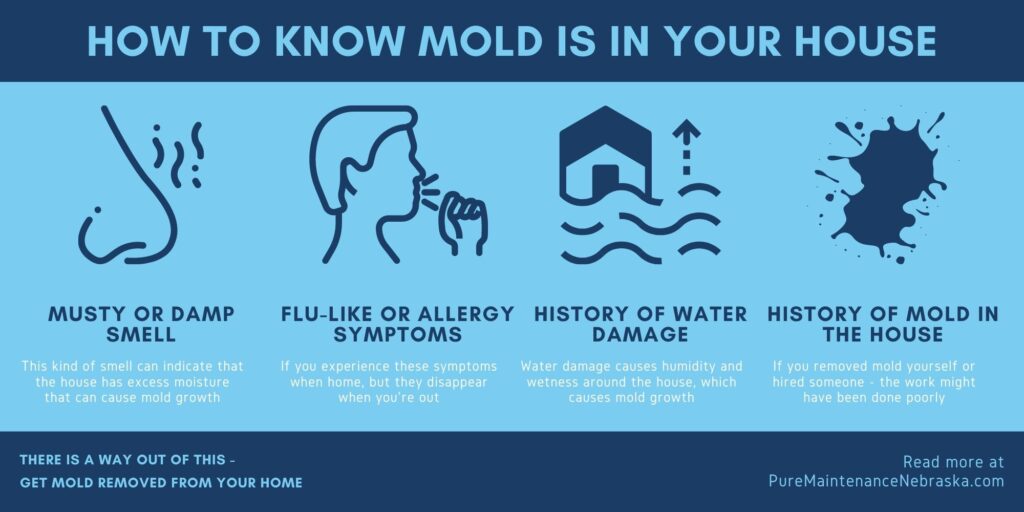
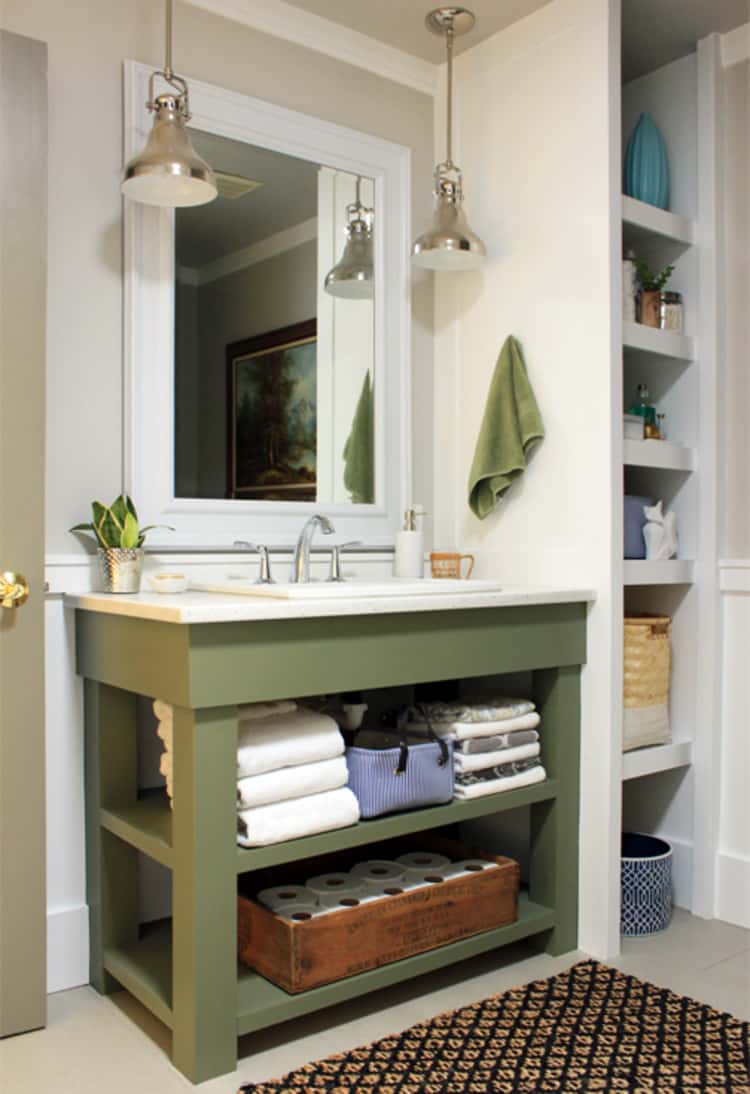



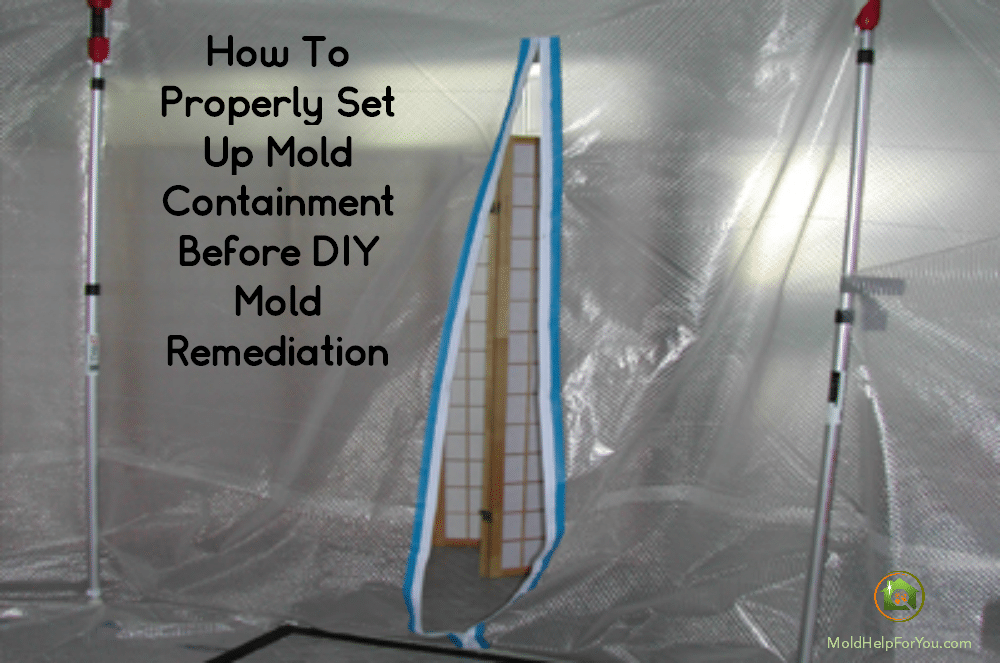
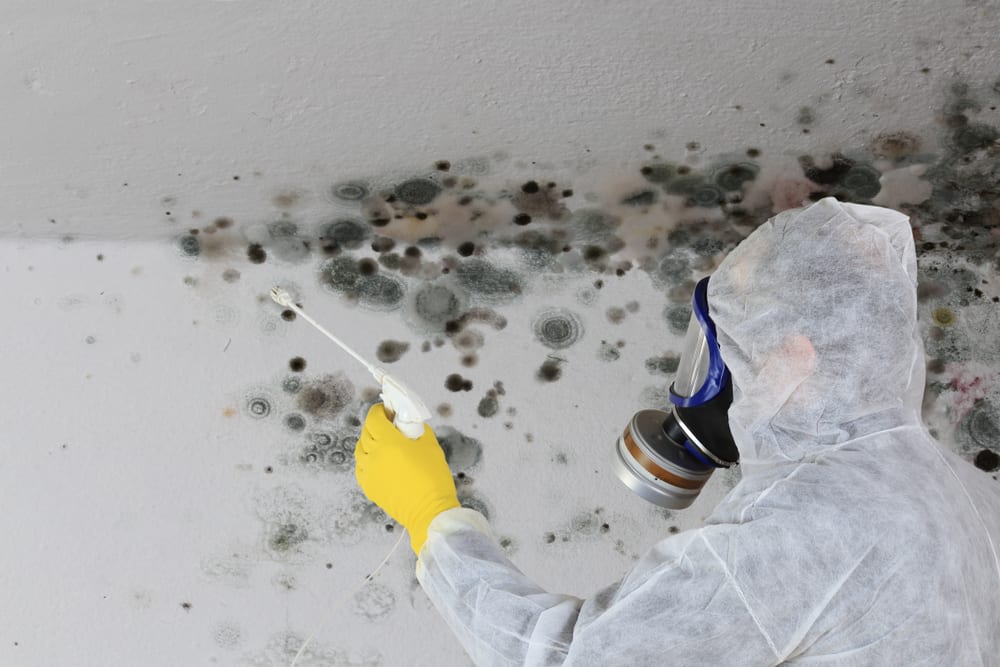





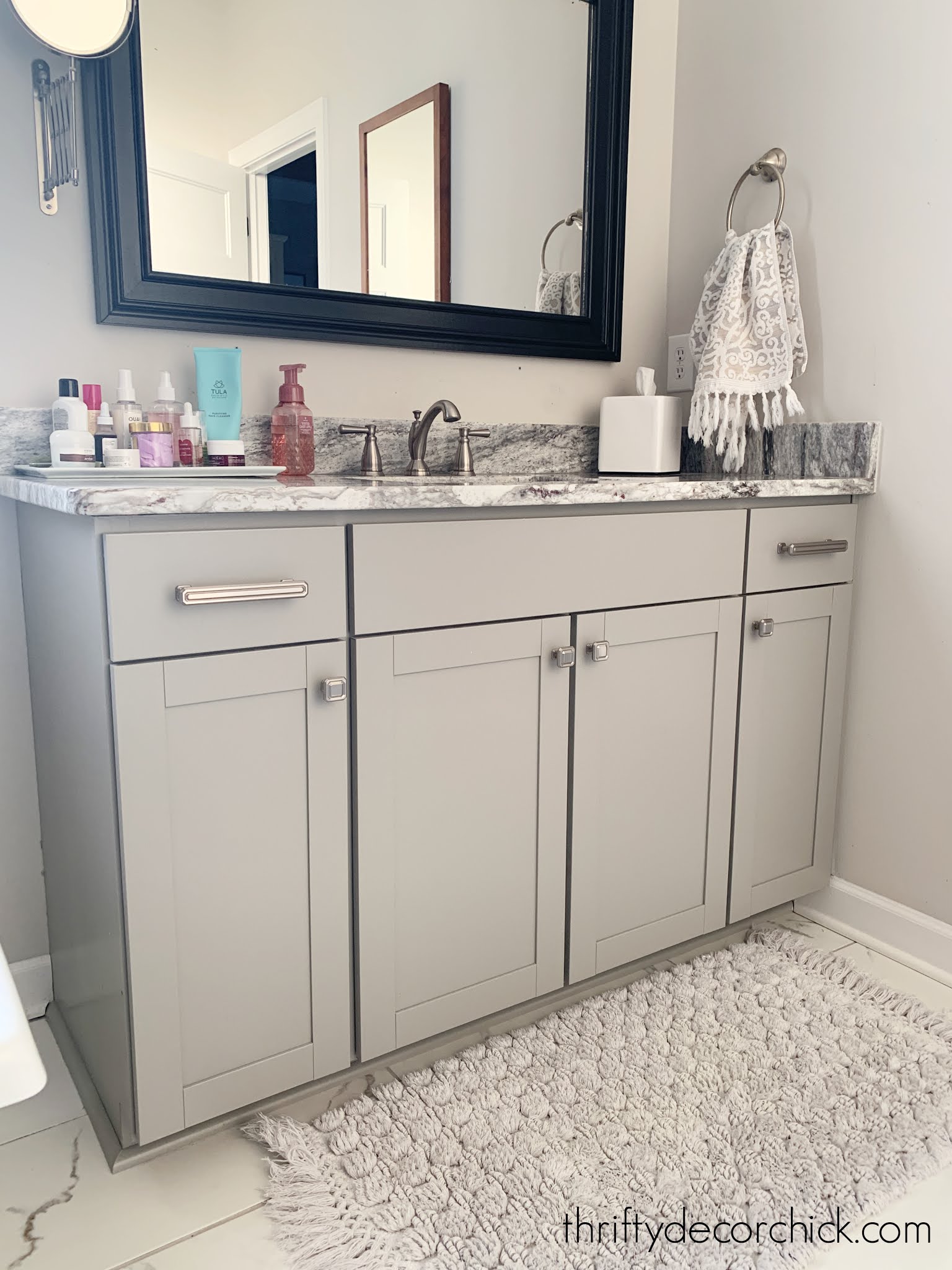
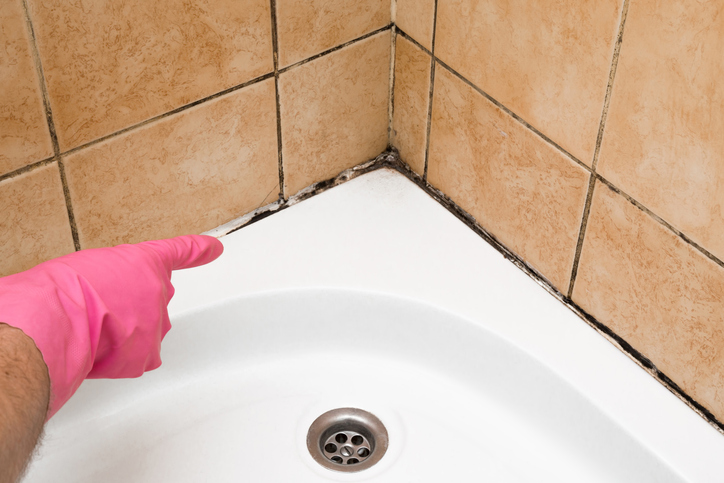
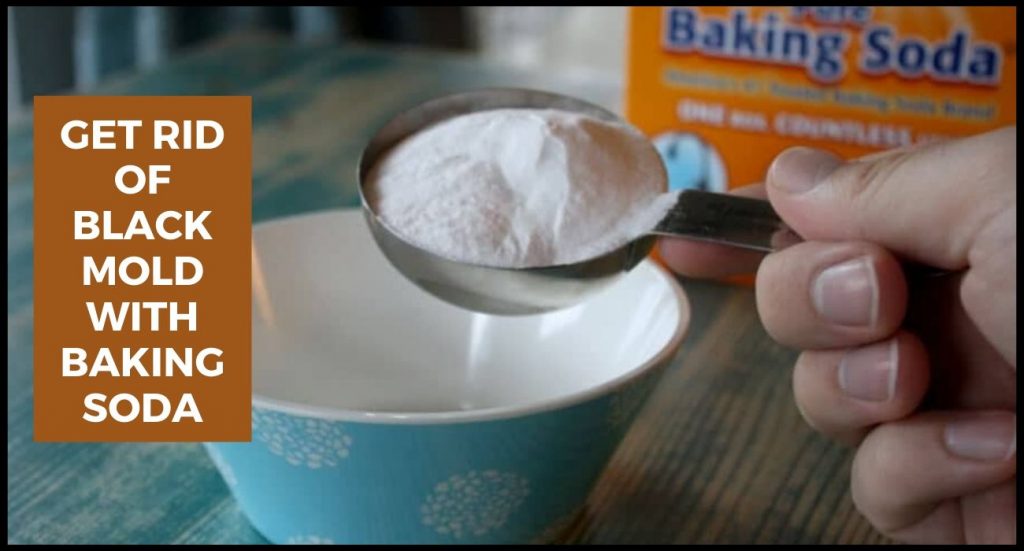

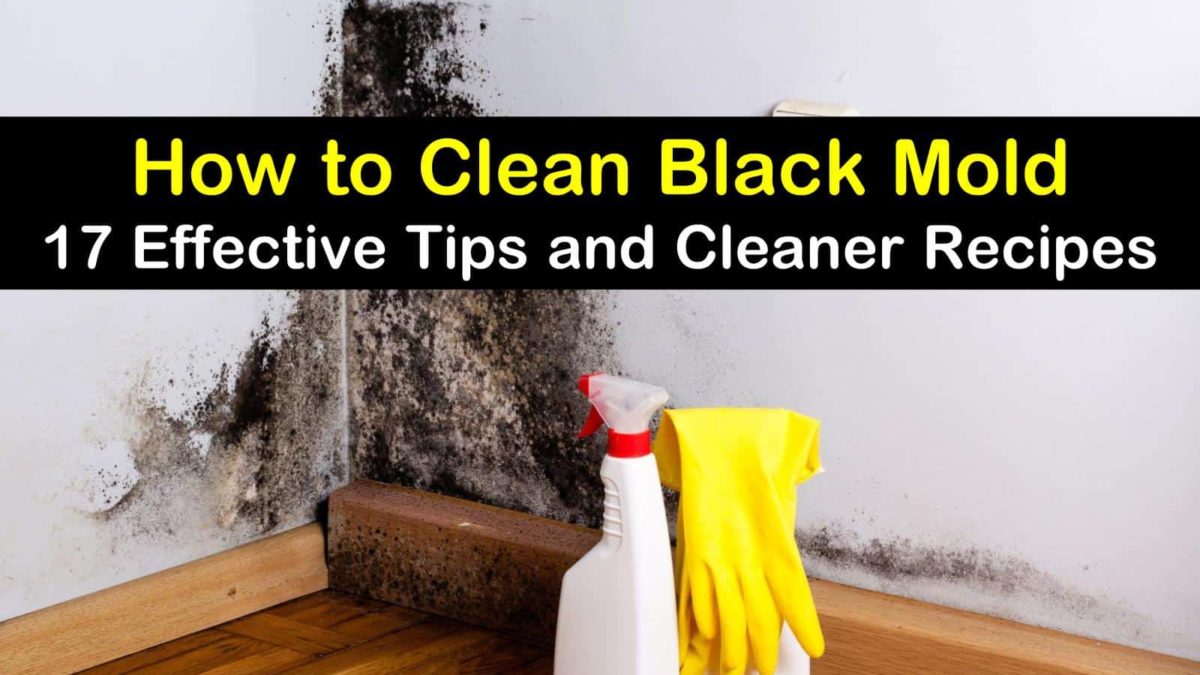

:strip_icc()/small-bath-dark-vanity-white-tile-2ff12db5_0-62c5c3ec40784a1da78071c648000130.jpg)


